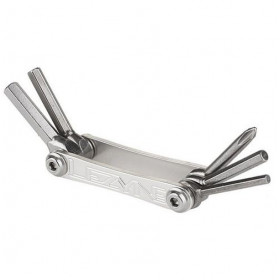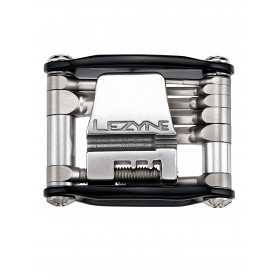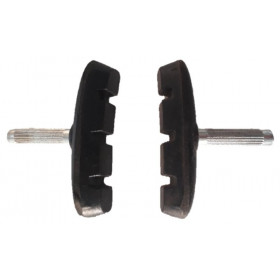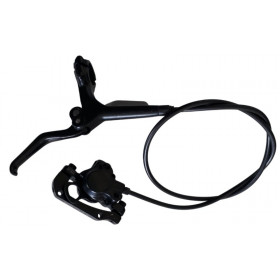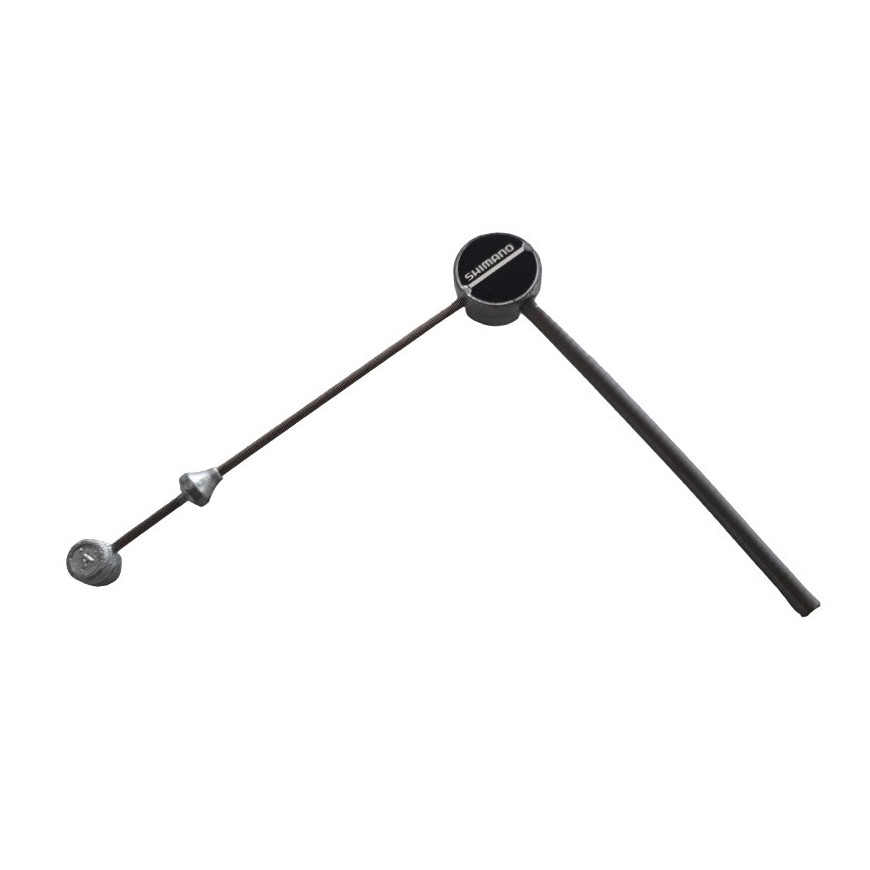 zoom_in
zoom_in
Shimano cantilever brake cable
- 7 Items
- New

€2.49 VAT included
Cantilever triangle: the essential part for effective cantilever braking
The cantilever triangle is a small yet crucial component in the proper functioning of cantilever brakes found on touring bikes, vintage models, and some mountain bikes. This Y-shaped cable plays a central role in transmitting braking force between the two brake arms. Let’s take a closer look at its features, specifications, and why it's so important if you use cantilever brakes.
What is a cantilever triangle ?
The cantilever triangle, also known as a straddle cable, is a short brake cable that runs horizontally between the two arms of a cantilever brake. Its triangular shape comes from its connection to both brake arms and a vertical cable running from the brake lever.
When you pull the brake lever, the main cable lifts the center of the triangle, pulling the two cantilever arms inward toward the rim. The brake pads then press against the rim, generating the braking force needed to slow down or stop the bike.
Technical characteristics of a cantilever triangle
A typical cantilever triangle consists of:
-
Two crimped ends that attach to the brake arms.
-
A central anchor point for the main brake cable.
-
Varying lengths depending on the model (usually between 75 mm and 130 mm).
-
Construction in stainless steel or sometimes coated aluminum, for rust resistance.
-
Optional plastic housing or a noodle/tube guide to smoothen cable movement.
Some models also include an adjustment screw or tensioner, making it easier to fine-tune the brake cable tension.
Why choose a quality cantilever triangle ?
The quality of the cantilever triangle directly affects braking responsiveness and modulation. A cable that’s too stiff or improperly sized can lead to uneven braking or reduced efficiency.
Key selection criteria include:
-
Compatibility with your brake setup: not all cantilever brakes use the same length or style.
-
Cable flexibility: for better control and feel.
-
Ease of installation and adjustment: some triangles come preassembled, while others may require specific tools.
When should you replace a cantilever triangle ?
Like any component of the braking system, the cantilever triangle wears over time. Replace it if:
-
The cable becomes frayed or rusted.
-
The ends no longer secure properly to the brake arms.
-
Braking performance drops, despite properly adjusted pads and levers.
Conclusion
The cantilever triangle is a key component in an effective cantilever brake system. It ensures balanced braking force distribution and contributes to overall safety and comfort. Whether you're restoring a vintage touring bike or riding cyclocross, investing in a quality triangle—well-suited to your setup—is essential for maintaining strong, consistent braking power.



